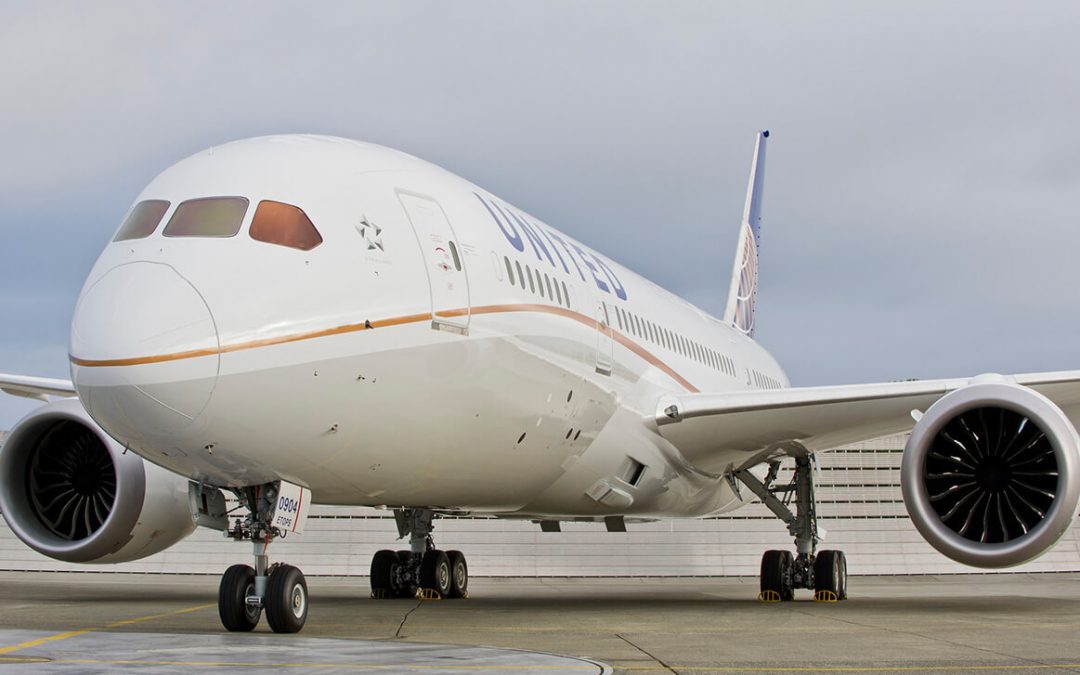
by Eric Price | Aug 6, 2021 | COVID, Front Page, Page Five, Page Three, Page Two, Perusals, Row 2, Safety, Safety, United
United Airlines to Require Employee Vaccinations (Survey) Reversing his earlier promise not to be the first to issue vaccine mandates, United Airlines CEO Scott Kirby announced that all US-based employees must be vaccinated against COVID-19 by this fall. This move by...
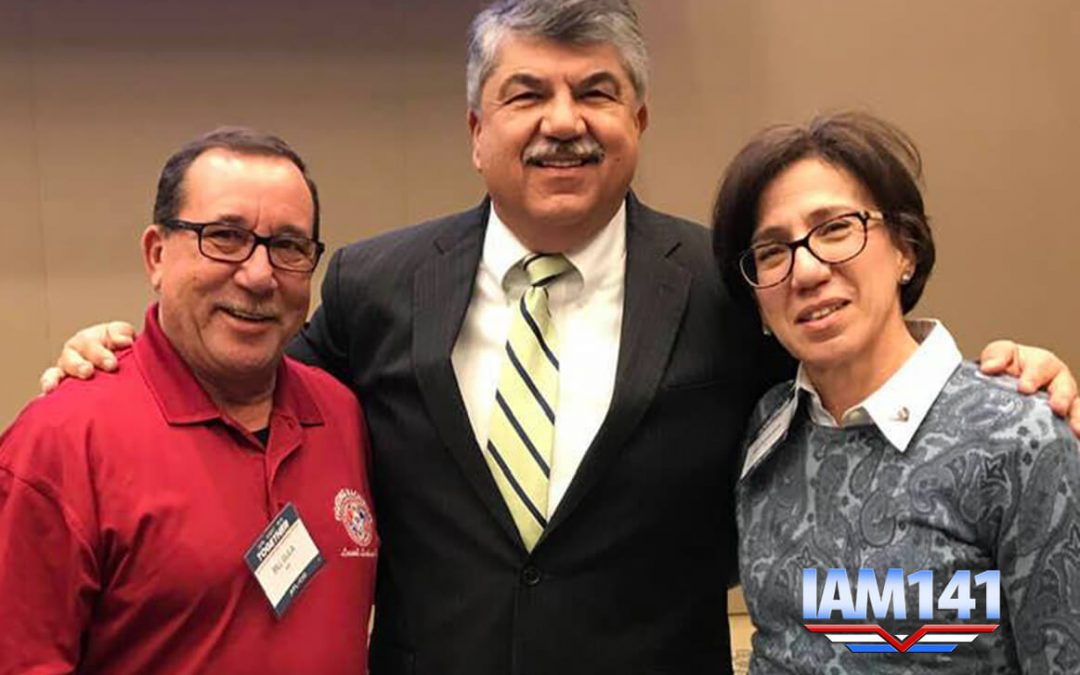
by Eric Price | Aug 5, 2021 | Front Page, Organizing, Page Four, Page Three, Page Two, Perusals, Row 2
The American Labor Movement Loses an Icon Richard Trumka, President of the AFL-CIO, has died at the age of 72. His cause of death has yet to be announced. This post has been updated to include a reaction from IAMAW International President, Robert Martinez. Reaction...
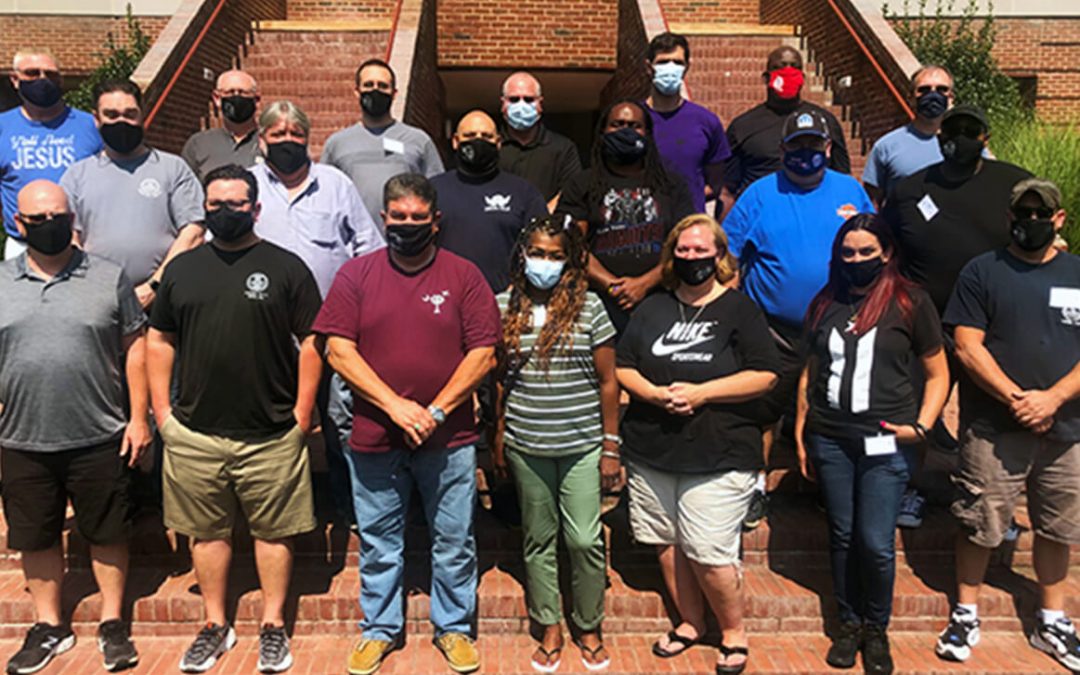
by Eric Price | Aug 5, 2021 | Education, Front Page, Page Five, Page Four, Page Three, Page Two, Row 2
IAM Reopens Winpisinger Education and Technology Center to In-Person Classes With COVID-19 protocols in place, the IAM reopened its classrooms this week at the William W. Winpisinger Education and Technology Center in Hollywood, MD, to participants resuming in-person...
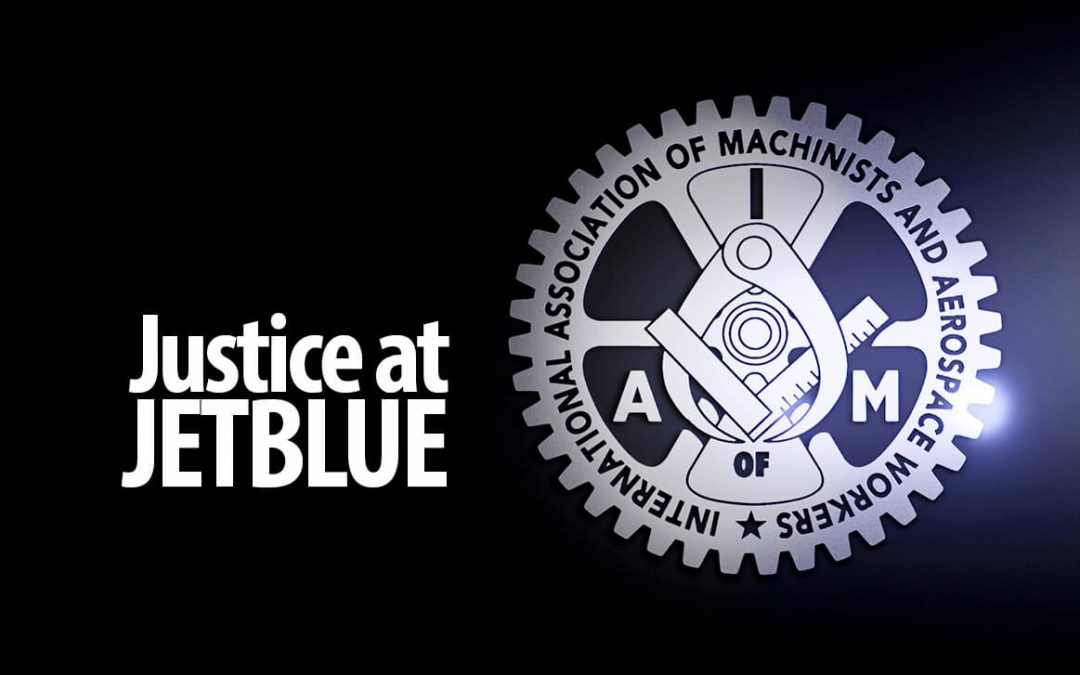
by Eric Price | Aug 3, 2021 | Front Page, JetBlue, Organizing, Page Five, Page Four, Page Three, Perusals, Row 2
Survey: 82% of JetBlue Ground Workers Worry About Getting Fired A recent survey of 900 Ground Operations workers at JetBlue found that a stunning 82% of respondents reported fearing they might lose their jobs as the pandemic ravaged the airline industry in 2020....

by Eric Price | Aug 2, 2021 | Education, Organizing, Page Five, Page Four, Page Two, Perusals, Row 2, Uncategorized
August 1, 2021 On behalf of the District Lodge 141 Scholarship Committee, I am pleased to announce the results of the Adolph Stutz Memorial Scholarship Award competition for 2021. The top award of $2,000 goes to Anabel DeJesus of Spring, Tex. Anabel is the daughter...
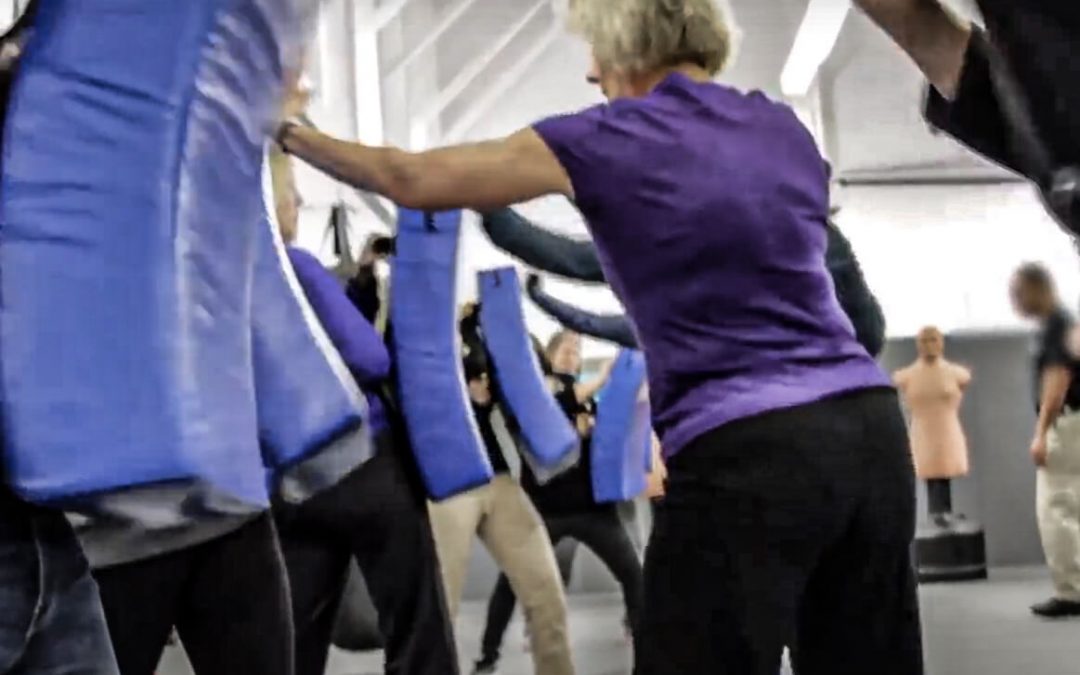
by Eric Price | Jul 29, 2021 | Front Page, Organizing, Page Four, Page Three, Page Two, Perusals, Row 2
Passenger Rage is So Bad the TSA is Offering Free Self Defense Classes Amid a wave of violent attacks from passengers, the Transportation Security Administration (TSA) is restarting self-defense classes designed specifically for flight crews and gate agents. The...







